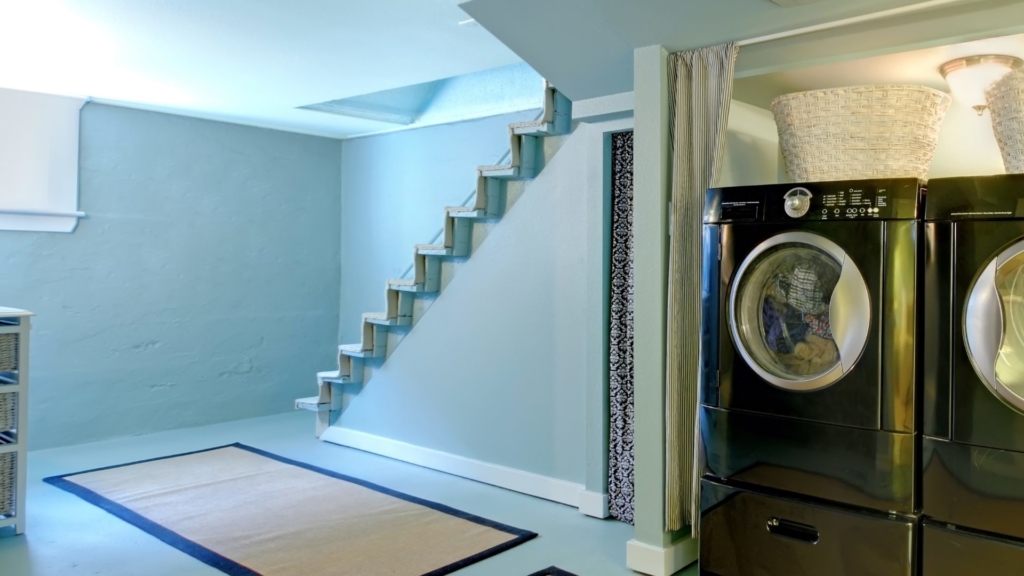
Getting Rid of Radon
Understanding Radon Gas: Risks, Testing, and Mitigation Strategies
What is radon? How does it affect you? What should you do about it?
Radon is a gas that is formed in the rock beneath the ground’s surface and is always in the atmosphere in trace amounts. This doesn’t typically pose a problem at outdoor levels. Portland, OR however is a high-risk area for radon due to the terrain and with the higher levels it can become dangerous if accumulated in closed spaces, such as your home.
Radon gas is the second leading cause of lung cancer behind smoking cigarettes. A quick Google search can highlight a radon map of our metro area and show your home’s risk. The good news is that there are several ways to mitigate radon, and it’s fairly simple to test your home’s radon levels.
Testing and treating radon in your current home
If you would like to test a home you already live in, there are radon at home test that can cost anywhere from $50-$150 depending on the test, though you may qualify for a free test through Oregon.gov. If your test comes back showing a radon level of 4.0 picocuries or more per liter of air, the EPA recommends taking steps to lower the radon levels in your home.
Things as simple as resealing areas of the home or updating ventilation systems can help with the radon levels. Depending on the foundation, you may still be able to place a polyethylene sheet down on the soil. Another option is installing a pressurization system that can greatly help with radon levels. To do this, a contractor will dig up your basement floor, or the dirt in your crawl space, and install a perforated pipe, which is extended to a pipe with a fan on the exterior. This pipe sucks down on the dirt/basement floor to create a higher-pressure system in the house, so that the radon has an easier path to escape to the outside, instead of staying in your house.
Testing and treating radon in a home you are buying
When buying a home in Portland, it is commonplace to have the radon levels tested. This test takes a few days and costs a few hundred dollars. A computer is set up in the lowest part of your home (think basement) and it takes samples every hour. Ironically, this test isn’t as accurate as the less expensive, charcoal test you can pick up at Home Depot or Lowes. The reason we use the computer test for real estate transactions is because we don’t have the six months the more accurate, less expensive test takes. If found, mitigation expenses can always be negotiated in the contract, if you’re purchasing a home.
It’s easiest to take preventative measures when building a home. Placing a polyethylene sheet over the soil, proper insulation and ventilation systems, or even soil depressurization can all be done when building a home to help mitigate radon levels.
Radon mitigation typically costs between $1,500 – $2,2000. There are many ways to help mitigate the radon levels in your home and a certified contractor will be able to help you decide on the best solution.
Test regularly
It’s important to note that radon levels can often change. Weather, shifting foundations, and time all play a part in this, so get your home tested regularly – every few years. If you need help scheduling a test or finding a contractor to help you install a radon mitigation system, we’re happy to help, just give us a call!
Have more questions or want professional advice on buying or selling a home?
Contact us at [email protected] or (503) 926-5213. We’re here to address all your real estate needs!




